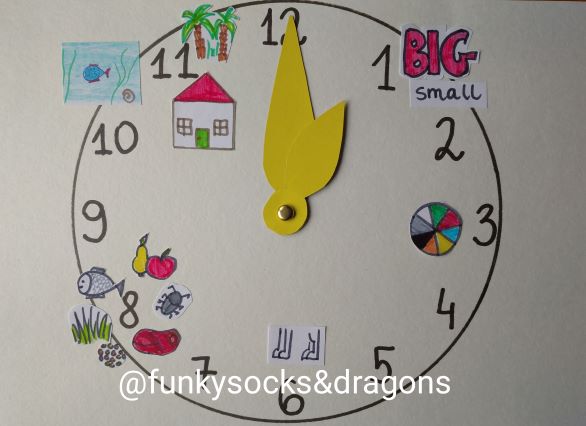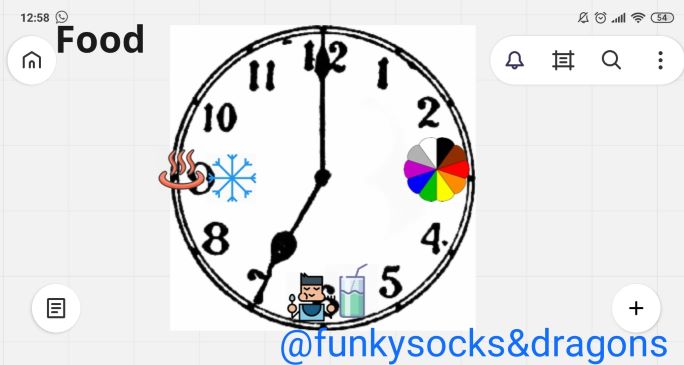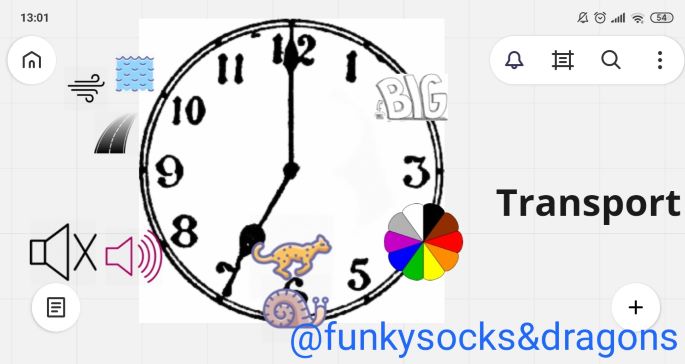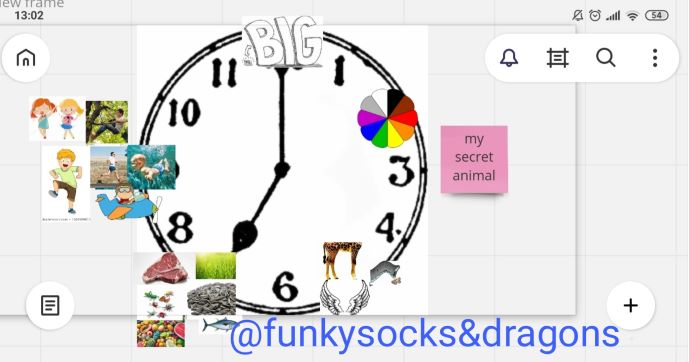From the series: We want more!
Of course! You can hear kids blabbing in the hallway. To their mums, dads, nannies, friends, school’s security guards, all these never-ending stories of kindergarten adventures, scraps with siblings, birthday parties, visits from gran, new toys, rain in the playground, teeth lost, dead grasshoppers found…
They do it in Russian, of course, but that just proves that they are capable of discourse and that we, teachers, cannot really use the excuse of their age to justify all the one- word exchanges in the classroom.
Of course, they are already fluent users of Russian so they will be able to produce lots more, naturally but this post is not about catching up with the L1 but about what is feasible for the pre-primary students, pre-A1 level with the total of 90 or 120 minutes of exposure to the English language. More than just single word utterances.
I present to you… (drum roll): A discourse clock.

The tool itself is neither very complex or especially revolutionary. It is a just a neater and a more VYL-friendly toy which was created to support the kids in producing the language.
How to?
- We play a game of riddles
- Teacher demonstrates: moving the hands around the clock and producing sentences about a secret animal, from 12 o’clock to 12 o’clock. Kids guess the animal.
- Kids take turns to make sentences about their secret animal for the group to guess.
Why we like it?
- Moving the hands around makes this taks a little bit more kinaesthetic and it helps to structure the whole discourse by sequencing it and by highlighting all the topics to mention. The clock hands never stop half-way through. They have to make a full circle and they can only make a full circle when the language is produced.
- The icons offer the visual support for the students and they represent all the language that they should know. But, apart from working as ‘visual reminders’, they can also be used by kids to ask for teacher’s help, by pointing at the word they need to use, without having to resort to their L1.
- It is ridiculously easy to adapt to different topics and levels of challenge. The most basic animal clock can only include ‘big/small’ and ‘colours’ and more areas can be added to it as the kids progress through the unit or the course.
- It works in the classroom and online.
- Eventually, the clock becomes unnecessary and the kids are ready to produce longer stretches of discourse without it.
If you are interested in the topic of language production in pre-schooler, make sure you check out the posts on pairwork in pre-school, using songs, activities based on developing cognitive skills and Colourful Semantics in EFL.
Happy teaching!


